European Multinational Efforts
SNAPSHOT: Global space economy
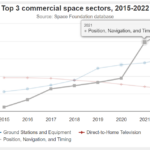
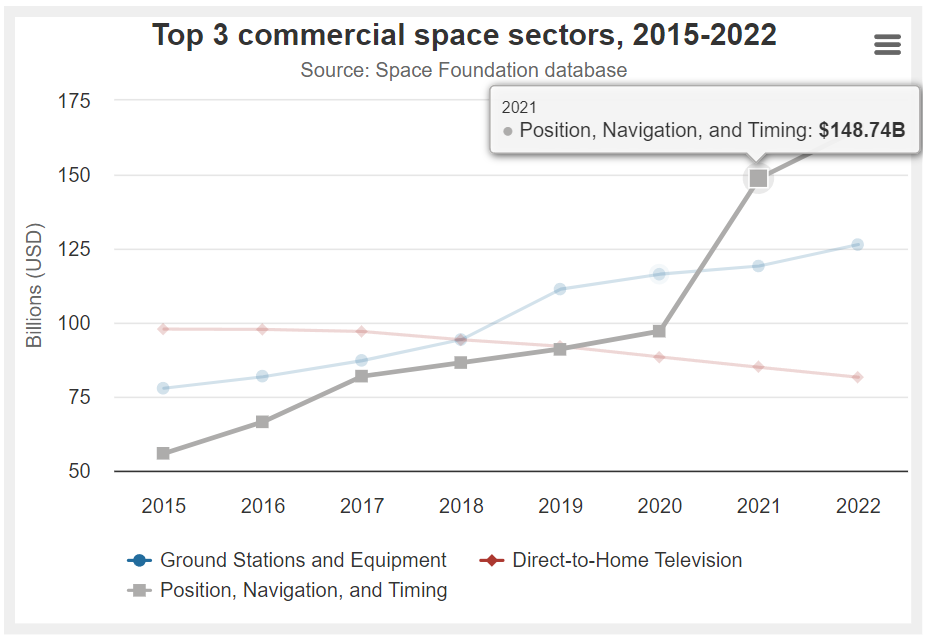
The global space economy totaled $546 billion in 2022, 8% higher than 2021 — and it could reach $772 billion by 2027, according to Space Foundation analysis.
Space-based research brings billions in value to medicine
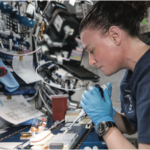
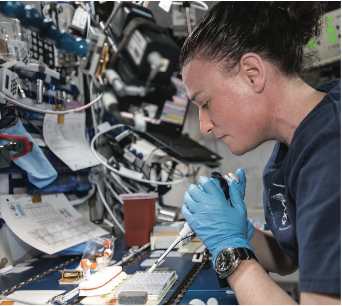
Every year, NASA turns $10 billion in research and development funding into roughly 1,000 technology reports and 100 new patents.
Launch Attempts by Country and Category, 2023
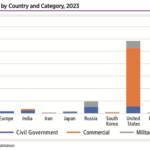
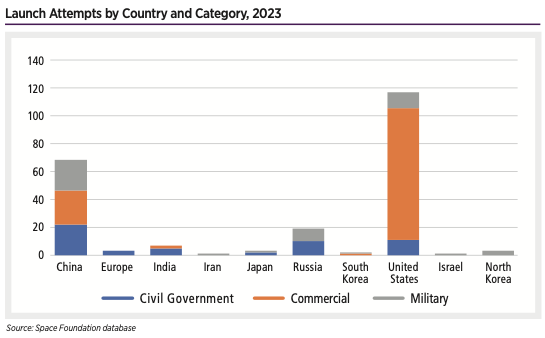
The United States launched 11 military missions in the year, including payloads for the National Reconnaissance Office and a new generation of small communications satellites for the Space Development Agency. Russia launched 10 civil government missions in 2023, including Soyuz launches to send crews to the International Space Station, which remains one area of cooperation between the Kremlin and NASA. India made headlines with its successful launch of a lunar probe while the European Space Agency, awaiting its new Ariane-6 launch vehicle, launched three spacecraft including its Euclid space observatory.
Launch Attempts by Select Nations, 2022-2023
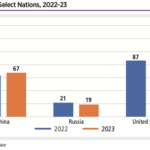
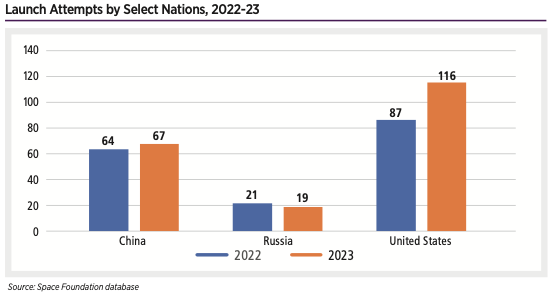
The record number of launches came despite delays that pushed the debuts of several long-anticipated launch vehicles into 2024. It was the third consecutive year to shatter launch records, despite a decline in European and Russian launches.
Up to 14 Large Rockets and Tiny Competitors Are Poised for Launch in 2024
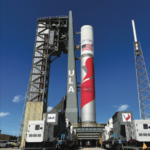
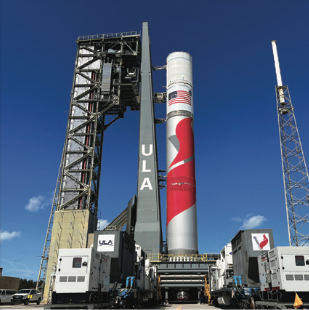
Space leaders in 2023 pondered a lack of launch vehicles to lift anticipated swarms of satellites to orbit. But 2024 could bring relief.
As Experts Debate Leap Seconds, Universal Time Tangle Grows in Importance

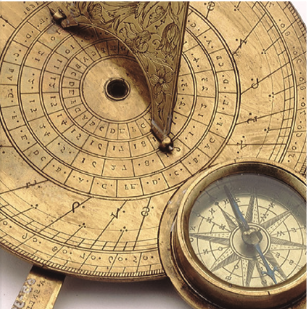
Time, the measurement that science still has difficulty explaining, has allowed everything from transatlantic exploration to space travel and now is the fabric that holds together financial institutions, supply chains and the internet. But if you counted down the closing seconds of 2023 with New Year’s revelers, you were almost certainly wrong.
ESA’s Euclid Telescope reveals first images of the stars

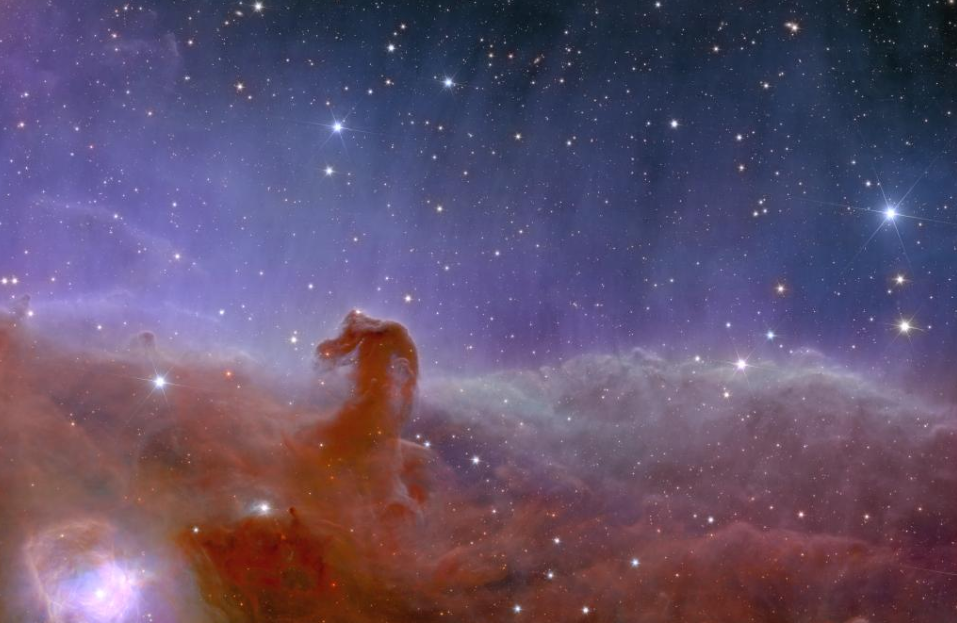
The European Space Agency released an initial batch of full-color images from its Euclid space telescope, showing the capability of the spacecraft’s 600-megapixel camera, which will be used on Euclid’s planned six-year mission to measure the accelerating expansion of the universe.
European Nations Lead with Space Workforce Growth from 2021 to 2022
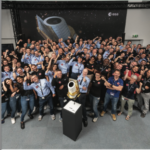
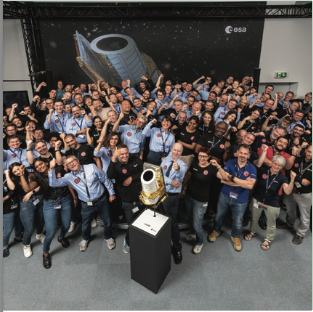
Trends in the size and composition of the global space workforce provide a lens into the health and trajectory of the industry. While many countries do not collect or release data on their space workforce, several major space actors, including the United States, Europe, Japan, and India, publish this information annually.
ESA: satellite finds young trees better at consuming atmospheric carbon
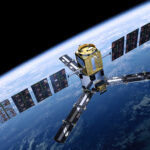
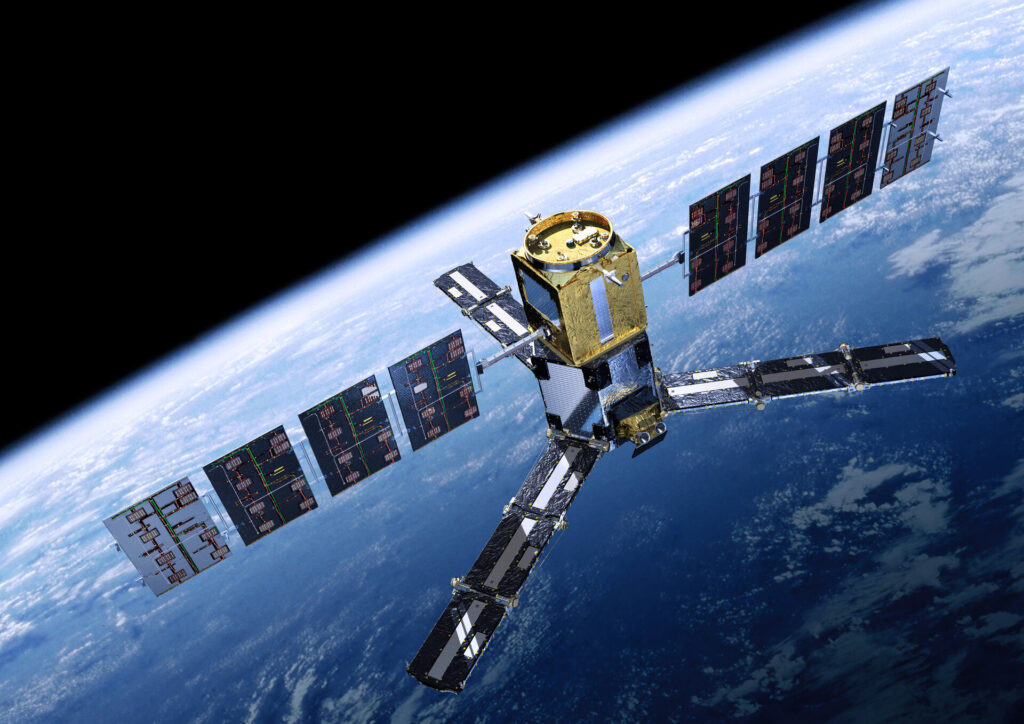
In a discovery that upends conventional wisdom, the European Space Agency revealed a study Thursday that shows old-growth forests are outclassed by younger trees when it comes to capturing carbon from the atmosphere.
Science and Engineering Degrees, in Thousands, 2000-2016
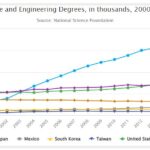
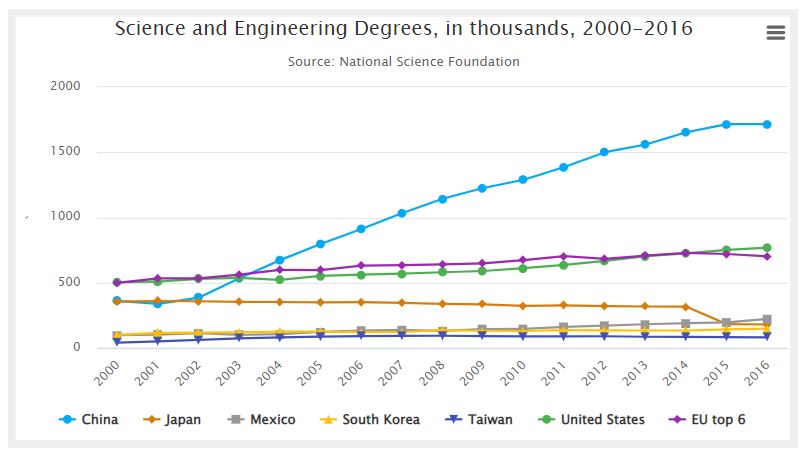
“Space education, research, and workforce development in the public and private sectors are core components of the U.S. national interest, with the potential to drive exploration and scientific discovery, to find new solutions for pressing challenges, including climate change, to strengthen American national security, and to provide good-paying jobs for Americans,” the roadmap document states.